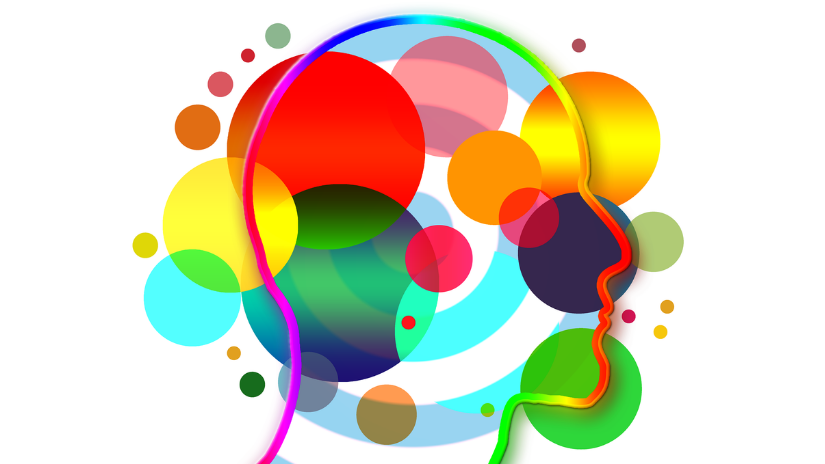Post written by Jenny Hannifin, Archive Assistant
The Neuroscience of Cooperation
Back in May 2020 we posted a blog called “The Neuroscience of Discovery.” Based on observations from The Brain in Context (by J.D. Moreno and J. Schulkin), that blog highlighted – in scientific terms – how our brains are wired for discovery and exploration.
Turns out that our brains are also wired for cooperation and empathy. Here are a few excerpts from the book:
- “Perceiving another’s misfortune, their psychic or literal pain, requires a wide array of both cortical and sub cortical tissue.” (p 53-4)
- “Human evolution, like our cultural development, is marked by many neural/cognitive events, but social capabilities [are involved in] most of them.” (p 183)
- “Cooperation is as critical as competition [in science], because we need to learn from one another and to develop new ideas.” (p 192)
So, what does this mean to you and me?
It means that humans evolved through expression of social behaviors, and through the integration of those behaviors within the very functioning of our brain.
It means that adapting socially, and being good at interacting with others, is at the heart of our evolution as a species.
It means that “although we may think of ourselves as individuals, the truth is that we are designed to work together, revealing our evolutionary drive toward social cooperation and our neurodevelopmental proclivity toward shared decision-making.” (Moreno and Schulkin p 199)
It means that we are wired to cooperate, and to work at understanding each other.
(If you want to learn more about recent developments in neuroscience, here’s a link to The Brain in Context: A Pragmatic Guide to Neuroscience by Jonathan D. Moreno and Jay Schulkin)

